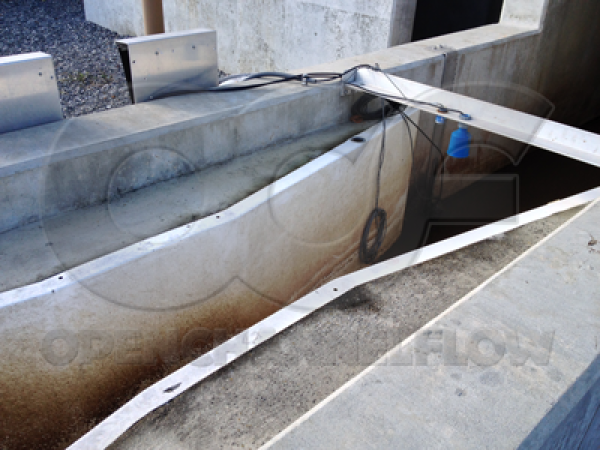This website uses a variety of cookies, which you consent to if you continue to use this site. You can read our Privacy Policy for
details about how these cookies are used, and to grant or withdraw your consent for certain types of cookies.
How a Parshall Flume Works
Background
Parshall Flumes are a class of short throated flumes. Originally developed in the 1920's, the Parshall Flume has become the most researched style of flume leading to its wide acceptance and use in a variety of applications.
In North America, the Parshall Flume is used to measure open channel flows in a wide range of applications: from water rights / irrigation to surface waters (creeks / streams / rivers) to municipal sewage.
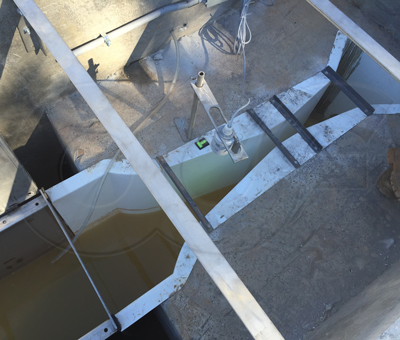
Geometry
From the top, the Parshall Flume looks like an hourglass with an extended throat. The layout belies the operation of the flume: taking flow and contracting (accelerating) it as it approaches the narrow throat and then slowing it down by expanding it in the diverging section before it discharges into the downstream channel.
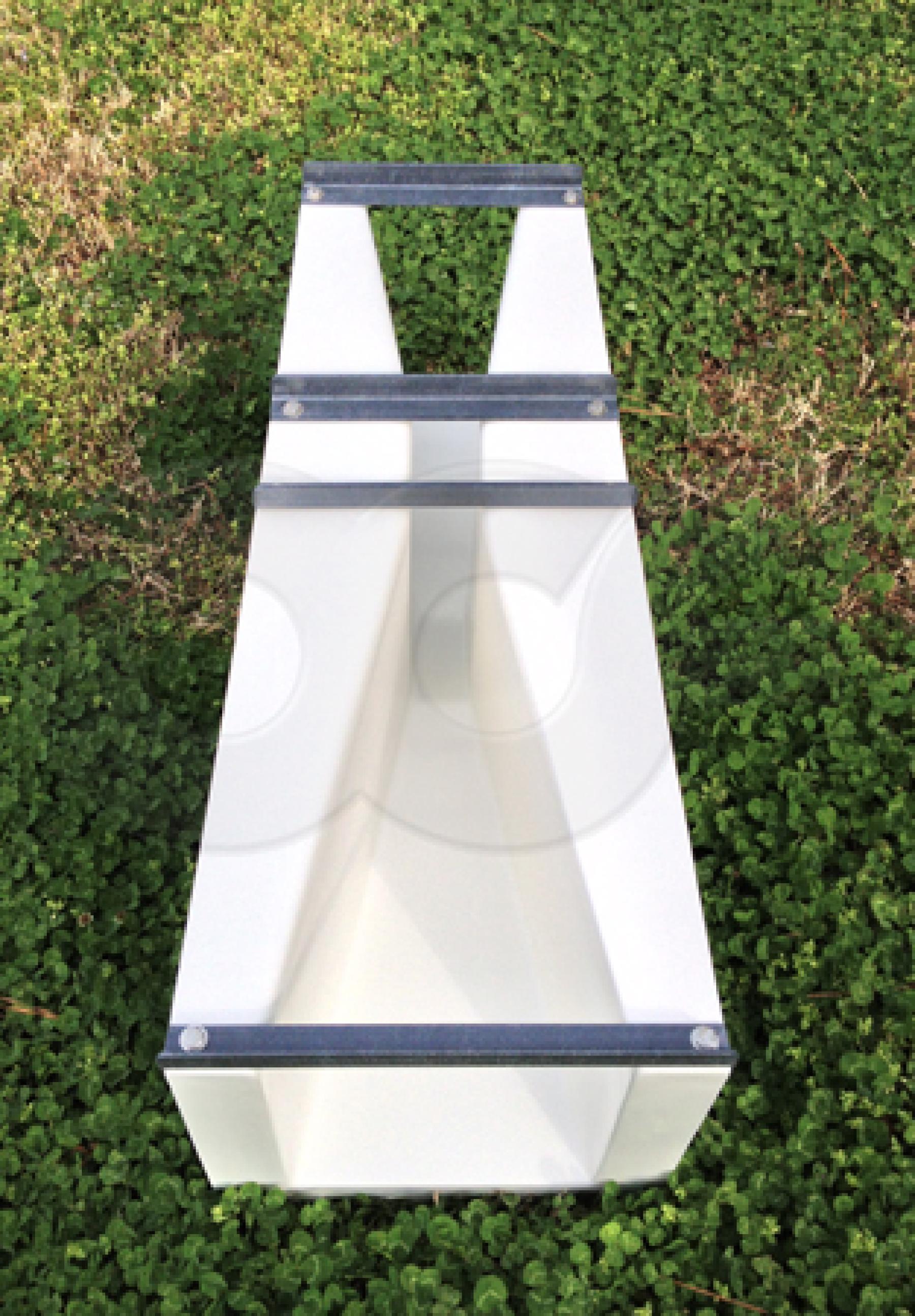
From the side, the Parshall Flume has a flat floor in the converging / inlet section. When the flow reaches the throat, it drops - accelerating it. In the diverging / discharge section, the floor of the flume rises back up almost, but not quite, to its original level.
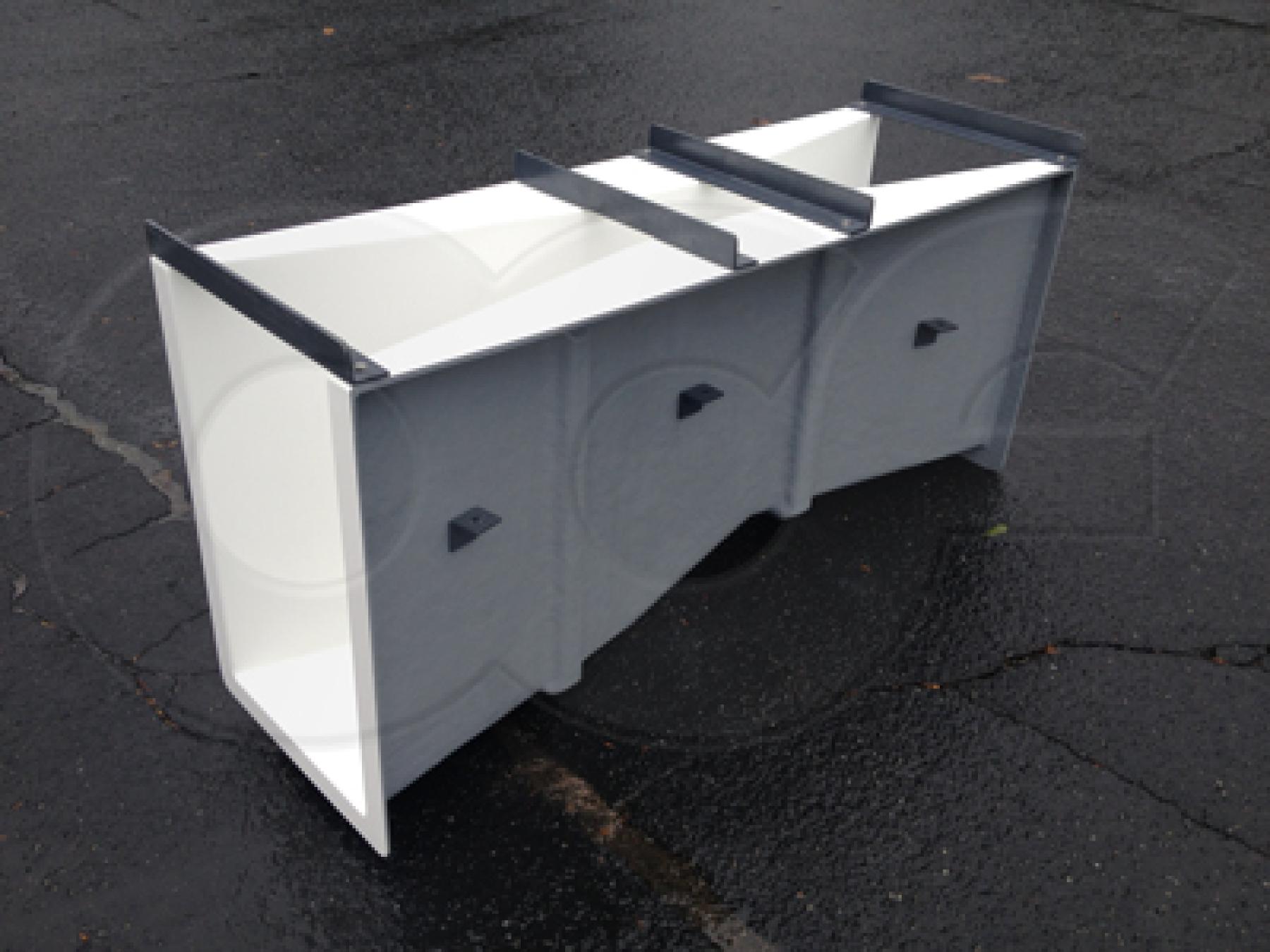
From a technical perspective, a Parshall Flume accelerates sub-critical flow in the converging section to a supercritical state in the throat, and then back to a subcritical state in the diverging section.
Single Point of Measurement
Under free-flow conditions, short throated flumes like the Parshall develop a known level-to-flow relationship at a single location. This contrasts with long throated flumes (like the Palmer Bowlus) that generate a constant water level upstream of the throat - which allows the level to be determined at any upstream location under the influence of the flume.
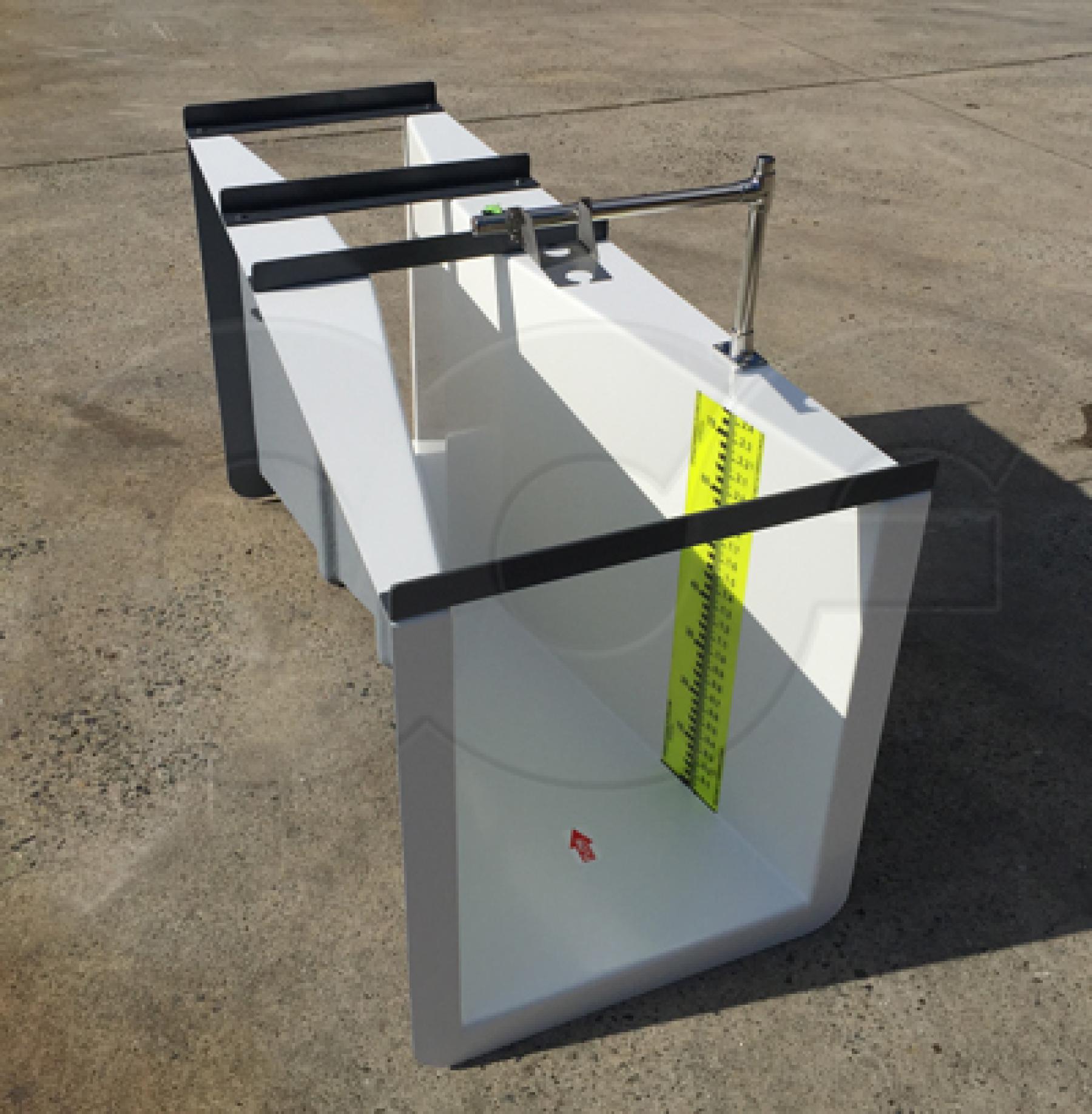
The single, primary point of measurement, denoted as Ha, allows an operator to take a SINGLE depth reading to determine the flow rate through the flume. As with any short throated flume, the Ha location is upstream of the throat at a specific location - 2/3 of the sidewall length as measurement back from where the converging section meets the throat (for large Parshall Flumes the point of measurement is closer to the throat).
Submerged Flow
Should the flow from a Parshall Flume be restricted by downstream conditions, a secondary point of measurement, Hb, can be used in conjunction with the primary point of measurement, Ha, to correct the flow rates.
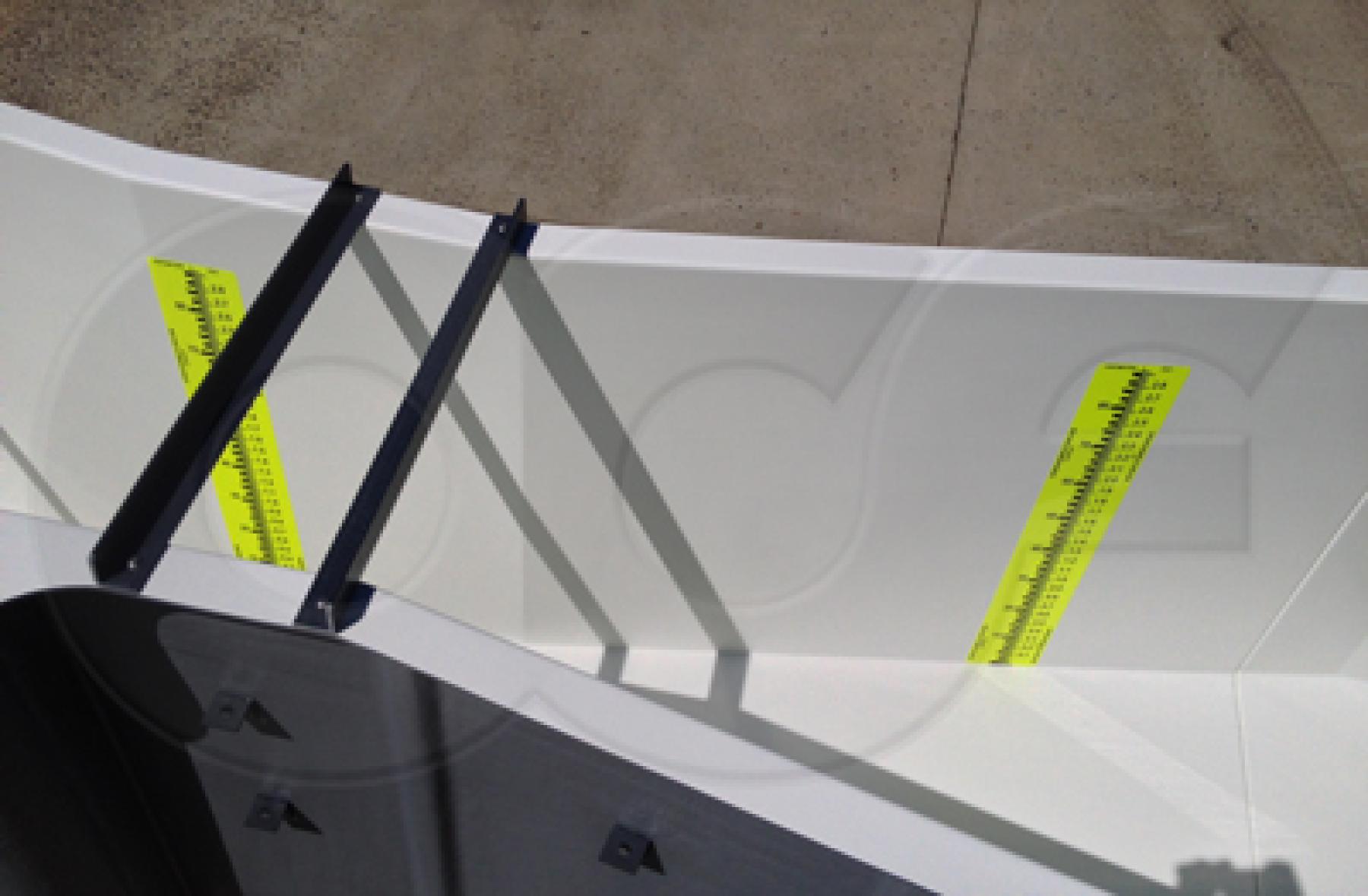
The ratio of downstream to upstream levels, Hb/Ha, is knows as the submergence ratio and the point at which the downstream conditions begin to retard flow out of the flume is know as the submergence transition, St. For Parshall Flumes, St ranges from 50% - 70% - with the larger Parshall Flumes more resistant to the effects of submergence (and thus having higher submergence transitions).
Determining the Flow Rate
Under free-flow conditions, all that is required to determine the flow rate in a Parahall Flume is to measure from the surface of the water to the floor of the flume at the point of measurement. Unlike most long throated flumes (i.e. Palmer Bowlus and RBC) there is no rise in the throat of a Parshall Flume - meaning that there is no need to deduct the height of any standing water. As a result, with the Ha depth of flow in hand, the operator can look up from the discharge table (or calculate it using the standardized discharge equation).
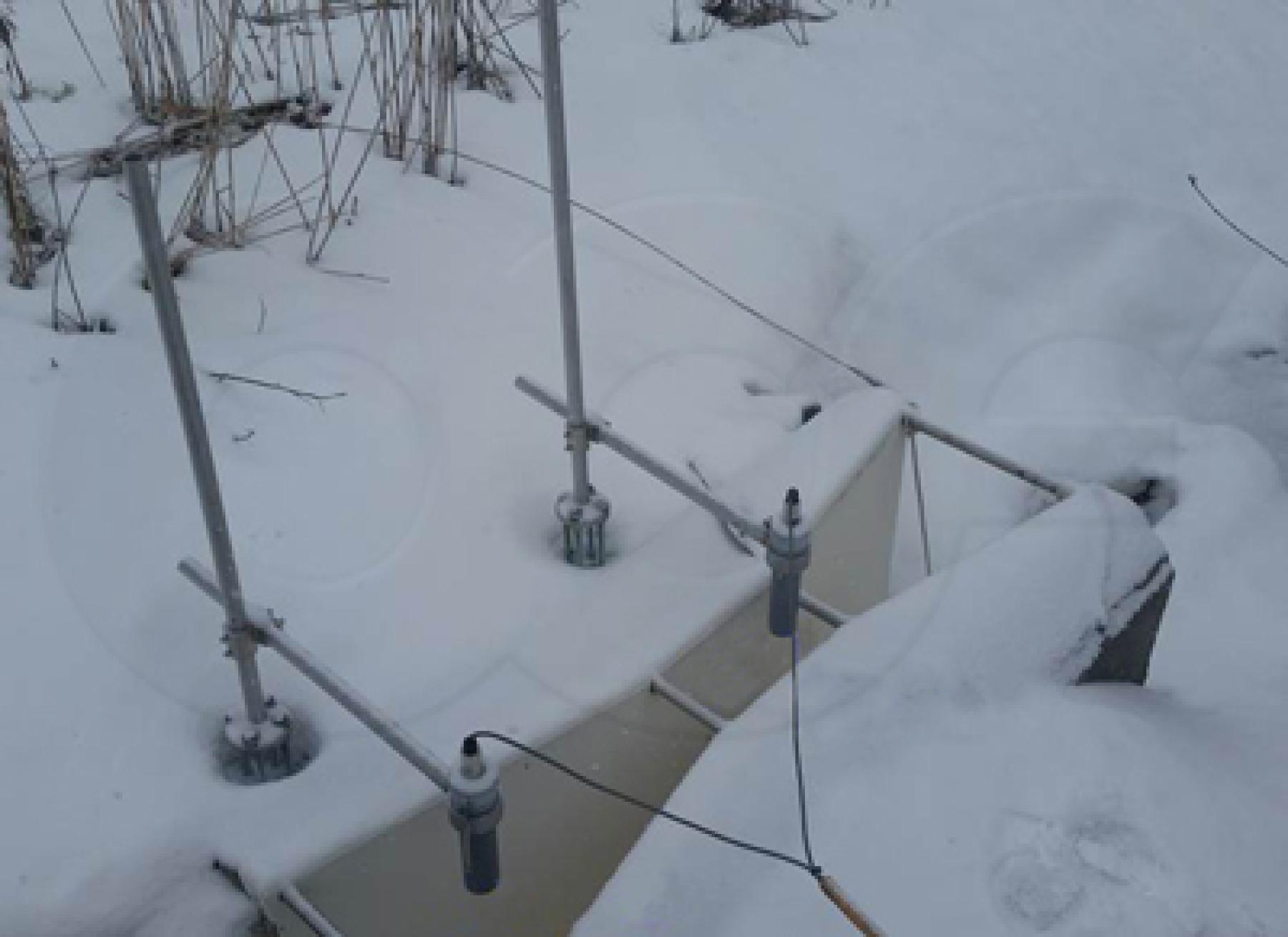
Submerged flow conditions require not only that the Ha level be measured, but also the Hb level be measured. In a Parshall Flume, the Hb location is towards the end of the throat. This location is, however, quite turbulent - making accurate level measurement difficult. Hb readings are, therefore, usually taken in stilling wells, where the level is more easily determined than in the main flow stream. Practically speaking, the upper limit for correctable submerged flows is 90%. Above this point and wave action in the throat makes accurate level measurement exceedingly difficult.
Related Blog Posts
Explore more insights in our blog.

LOCATIONS IN ATLANTA, GA & BOISE, ID


